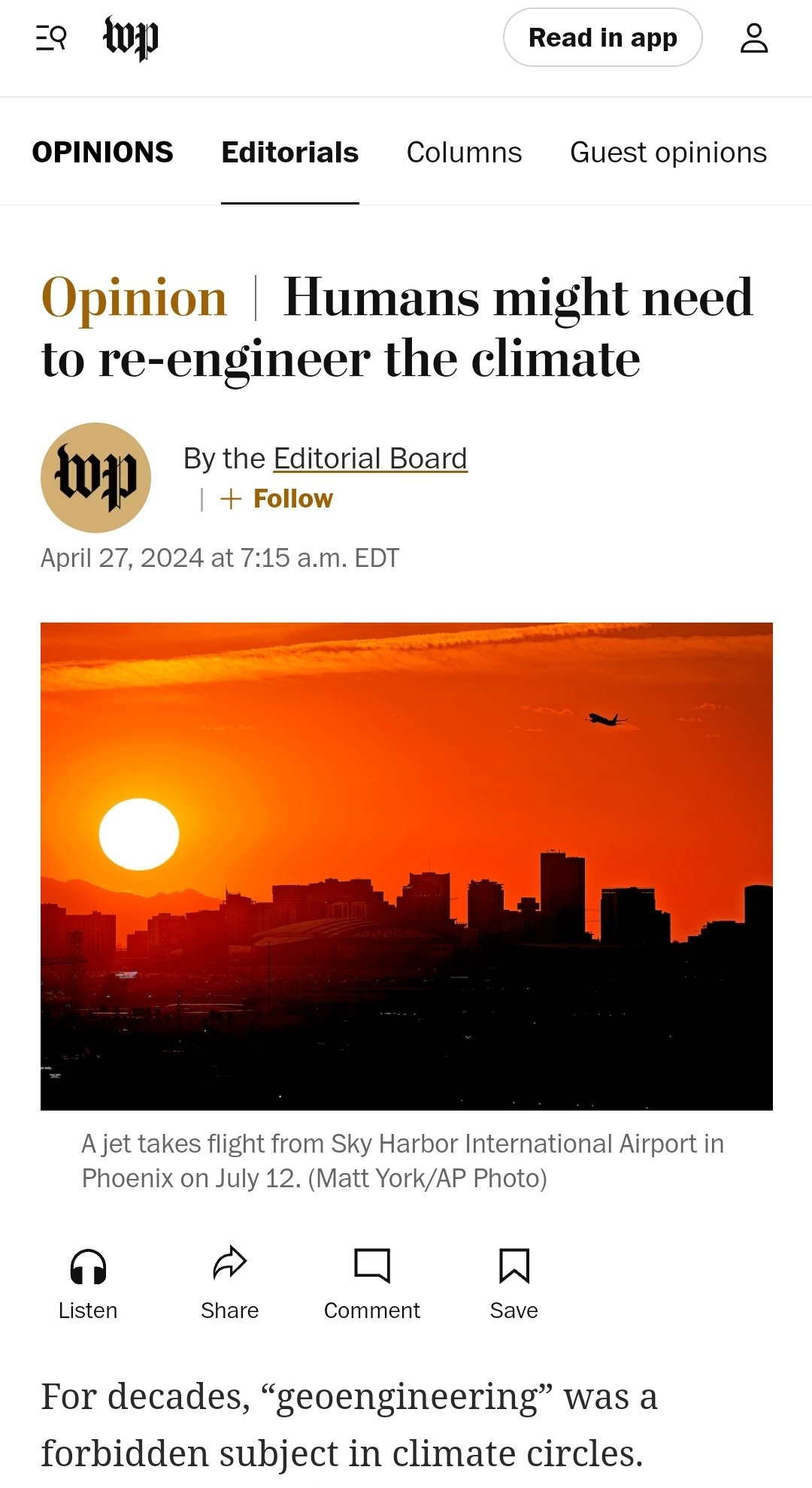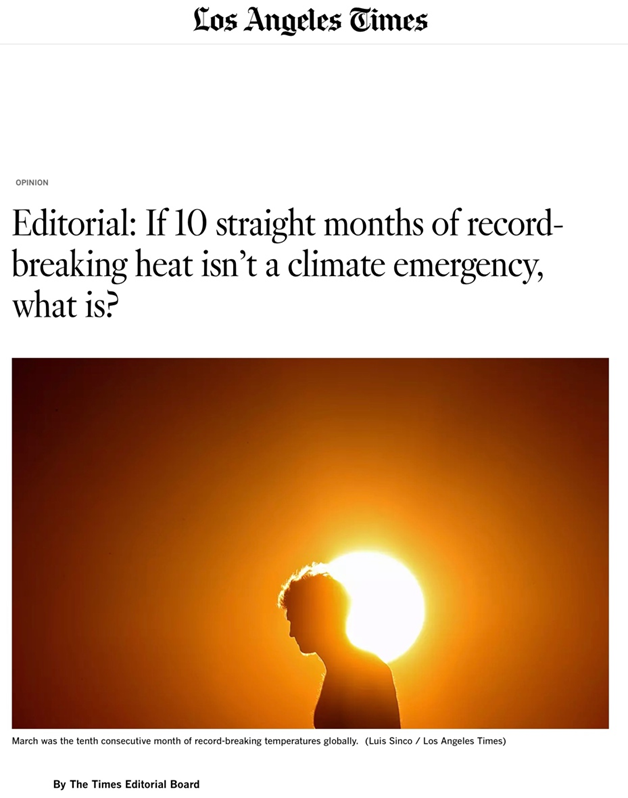New paper finds climate sensitivity to CO2 is 73% less than claimed by IPCC
http://hockeyschtick.blogspot.com/2013/08/new-paper-finds-climate-sensitivity-to.html
A new peer-reviewed paper published in Gondwana Research finds from paleoclimate proxies that climate sensitivity is only 0.8°C for a doubling of CO2 concentration from 280 to 560 ppm, 73% less than claimed by the IPCC. The paper adds to many other peer-reviewed papers finding the IPCC estimates of CO2 climate sensitivity are greatly exaggerated.
The paper is summarized by the Swedish climate site The Stockholm Initiative [Google translation from Swedish + light editing]:
Climate sensitivity 0.8 ° C for a doubling of CO2
07/18/2013 by Ingemar Nordin .
Guest Post from Larry Huldén :
Summary: In a new review article in July by Gregory Retallack presents for the first time empirical paleoproxy results for mean temperature change at a doubling of CO2 concentration from 280 to 560 ppm. Climate sensitivity for a doubling of CO2 concentration was 0.8 ° C, which is significantly lower than previous estimates.
No cost, but the abstract is available. I reproduce here some key elements and conclusions of the article, which is available electronically to employees at the University of Helsinki.
The methodology is based on 19 carefully dated and analyzed the CO2 peaks at the transition between Perm and Triassic (300-200 one million years before present) from 51 non-marine lime and kolavlagragingar from around the world. It has been compared klyvöppningsindexet in leaves of the ancient ginkgo tree in two different ways. Partly by experiments under greenhouse conditions and partly with herbarie-specimens from various post-industrial times with known CO2 concentrations in the atmosphere. The index is low at high CO2 concentration and high at low CO2 content. Fossil Ginkgo is also known from the Late Triassic and klyvöppningsindexet can be used as a reference to jump to Perm. Fröormbunken Lepidopteris were both during Perm and Trias and it had a similar profile in klyvöppningsindex with Ginkgo during late Trias. Analogous to Ginkgo has klyvöppningsindexet in fossil Lepidopteris leaf from Perm early Triassic calculated from different deposits of varying CO2 concentration.
Temperature Variations during Perm-Trias was calculated in different ways depending on the latitude. I will not go into the methods here, but notes that such Utah New Mexico showed annual average temperatures between 24 and 37 ° C. CO2 concentration in the Perm early Trias has varied between 1000 and 7800 ppm, and in the late Triassic between 300 and 500 ppm.
The conclusions stated that CO2 temperature sensitivity corresponded to 0.8 ° C for a doubling of CO2 concentration. The same calculation for CO2 sensitivity precipitation (precipitation increase for CO2 doubling) was 89 mm and 128 mm for two different methods.
Climate sensitivities are apparently trending steadily downward.
Retallack, 2013: Permian and Triassic greenhouse crises . – Gondwana Research [July issue] 24:90-103.
Permian and Triassic greenhouse crises
Gregory J. Retallack,
Department of Geological Sciences, University of Oregon, Eugene, OR 97403, United States
http://dx.doi.org/10.1016/j.gr.2012.03.003, How to Cite or Link Using DOI
Permissions & Reprints
Abstract
Paleoclimatic time series from Permian and Triassic paleosols reveal transient episodes of unusually warm and wet conditions, interrupting long periods of cool and dry conditions usual for calcareous red paleosols. Some of these paleoclimatic events are known from stomatal index of fossil Lepidopteris leaves to have been episodes of elevated global atmospheric CO2. The magnitude of 19 known Permian and Triassic greenhouse crises varied considerably, and they offer new evidence for the relationship between paleoclimate and atmospheric CO2 levels. These greenhouse crises also had marked effects on global lowland vegetation, introducing frost-sensitive tropical lycopsids to high latitudes and drought-tolerant conifers to low latitude lowlands. Greenhouse events punctuate phases in plant evolution (Ottokaria–Callipteris, Plumsteadia–Rufloria, Lidgettonia–Tatarina, Pleuromeia, andDicroidium–Scytophyllum floras). Greenhouse events also punctuate the evolution of reptilian dynasties (successive pelycosaur, dinocephalian, dicynodont, rhynchosaur and dinosaur faunas) and respiratory adaptations (such as enlarged bony secondary palate). Greenhouse crises of the Late and Middle Permian were the most severe known, and suggest a role for atmospheric pollution with CH4 and CO2 in those mass extinction events, probably from thermogenic cracking of coals by intrusive feeder dikes of flood basalts. Because of formalities in boundary definition these mass extinctions are neither “end-Permian” nor “end-Guadalupian”, but upper Changhsingian and mid-Capitanian, respectively.
Sent by gReader Pro




